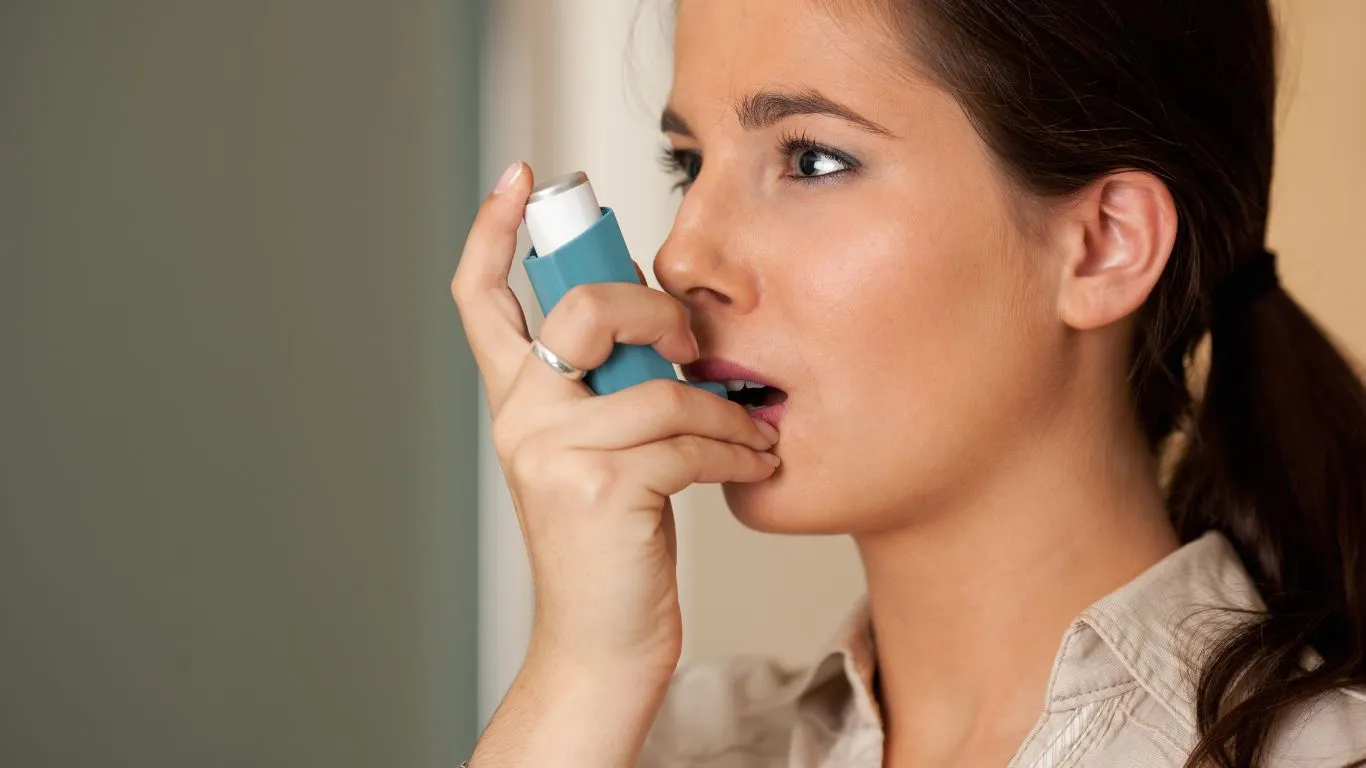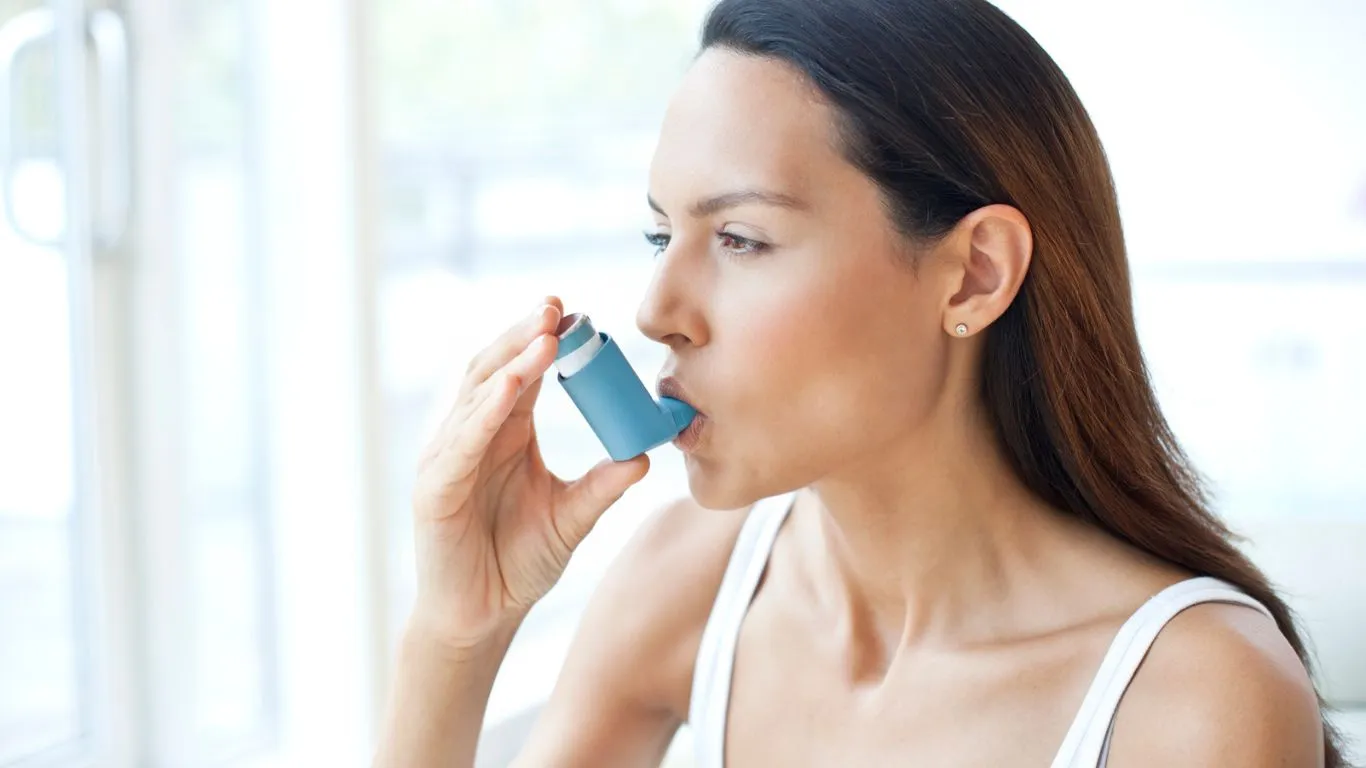Asthma Triggers in Urban Areas – How City Living Affects Your Lungs
Living in a city can be exciting, but for people with asthma, urban environments can sometimes feel like a constant battle for clean air. In this guide, we’ll explore the most common asthma triggers in cities and offer some practical tips to keep your lungs healthy.
If you’re living in an urban area and managing asthma, you probably know that city life can bring some unique challenges. High levels of air pollution, crowded streets, and even weather changes can set off an asthma attack. But don’t worry—it’s not all doom and gloom. Understanding what causes these flare-ups and how to manage them can make a huge difference in your quality of life. Let’s dive into the most common asthma triggers in urban areas and how you can tackle them head-on!

What Makes City Living Hard on Asthma?
City living can be a dream for many, but for those with asthma, it can also be a nightmare. Urban areas often have higher levels of pollution, traffic, and allergens that contribute to asthma symptoms. Think about it: buses, trucks, and cars pumping out exhaust, construction dust flying through the air, and pollen from trees. Combine that with weather changes, and it’s no surprise your asthma might act up.
Top Asthma Triggers in Urban Areas
1. Air Pollution
One of the biggest asthma triggers in urban areas is air pollution. The constant flow of traffic, industrial emissions, and even wildfires (yep, smoke can travel pretty far!) can all contribute to poor air quality. This polluted air contains fine particles like soot, nitrogen dioxide, and ozone—all of which can irritate your lungs and lead to asthma attacks.
Real-life example: In cities like Los Angeles or Beijing, where air quality is often poor, residents with asthma are more likely to experience flare-ups, especially during high-traffic hours when pollution is at its peak.

2. Traffic and Exhaust Fumes
If you live in a busy city, you’ve probably encountered heavy traffic on a daily basis. Unfortunately, this isn’t just a hassle for your commute—it’s also a huge asthma trigger. Exhaust fumes contain harmful chemicals like carbon monoxide and volatile organic compounds (VOCs) that can irritate your airways and make it harder to breathe.
Quick tip: If you’re walking or cycling in traffic-heavy areas, consider wearing a mask designed to filter out pollutants. It may sound a bit extra, but it can really help your lungs.
3. Pollen and Allergens
While not exclusive to urban areas, pollen from trees, grasses, and weeds can be especially prevalent in city parks or even on sidewalks where plants are planted along roadsides. And don’t forget about dust mites, mold, and pet dander, which are common allergens found in homes, especially those in urban areas with older buildings or high humidity.
Real-life example: During the spring and fall months, people living in cities with a lot of greenery, like New York or London, can find that their asthma symptoms worsen as pollen counts rise. A daily antihistamine or air purifier might help keep things under control.

4. Indoor Pollution (Air Quality in Apartments)
If you live in an apartment or a densely populated area, you may be exposed to indoor pollutants such as secondhand smoke, cooking fumes, and even chemical cleaners. These indoor pollutants can trigger asthma symptoms, especially if your apartment is poorly ventilated.
Quick fix: Make sure your space is well-ventilated. If possible, use an air purifier to reduce allergens and irritants inside. Avoid using harsh chemicals and opt for natural cleaning products when you can.
5. Weather Changes
Believe it or not, weather changes in urban areas can also play a role in asthma attacks. Cold air, humidity, and even sudden shifts in temperature can irritate the airways and make breathing difficult. Cities near the coast, like San Francisco or Sydney, can also experience humidity spikes that can worsen asthma symptoms.
Pro tip: When the weather changes, try to stay indoors or wear a scarf or mask to protect your lungs from extreme temperatures.
6. Stress and Pollution Overload
City life can get stressful. Between work, traffic, and the hustle and bustle of daily life, stress can have a significant impact on your asthma. Stress increases inflammation in the body, which can make asthma symptoms worse. When combined with pollution and allergens, it’s a recipe for disaster.
Real-life tip: Try practicing relaxation techniques like deep breathing, yoga, or even a quick walk outside to calm your nerves. Stress management is key to keeping your asthma under control.

Managing Asthma in the City
So, what can you do about these triggers? Fortunately, there are a few strategies to help keep your asthma under control, even in the big city.
1. Track Air Quality
Many urban areas have air quality indexes (AQI) that tell you how polluted the air is on a given day. You can track this online or through apps on your phone. If the air quality is poor, try to stay indoors or limit outdoor activities, especially during rush hour when pollution levels tend to spike.
2. Create an Asthma Action Plan
It’s important to have a game plan in place in case of an asthma attack. Work with your doctor to create an asthma action plan, which includes the steps to take during an attack, what medications to use, and when to seek emergency help. Keeping your inhaler close and knowing how to use it correctly is essential.
3. Air Purifiers and Ventilation
An air purifier can work wonders when it comes to improving indoor air quality. It helps filter out dust, pollen, and smoke particles that can aggravate asthma. Be sure to use it in areas where you spend the most time, like your bedroom or living room.
4. Stay Hydrated
Drinking enough water can help keep your airways moist and reduce irritation. Plus, hydration can help thin out mucus, making it easier to breathe.
5. Consult a Specialist
Finally, it’s always a good idea to consult with an asthma specialist. They can help you manage triggers and may even recommend medications or treatments to improve your symptoms. Remember, your asthma is unique to you—there’s no one-size-fits-all solution.
Conclusion
Living with asthma in an urban area might seem like an uphill battle, but with the right knowledge and strategies, you can breathe easy. Keep an eye on pollution levels, manage your stress, and take steps to reduce exposure to allergens and irritants. It’s all about being proactive and taking care of your lungs so you can enjoy city life without constant worry.
Appendices
FAQs
- What is the biggest asthma trigger in urban areas? Air pollution is probably the biggest trigger in cities, especially from traffic and industrial emissions. It’s important to monitor air quality and stay indoors when pollution levels are high.
- How can I reduce indoor air pollution in my apartment? Using an air purifier, ensuring proper ventilation, and avoiding harsh chemicals can help reduce indoor pollutants that trigger asthma.
- Is it safe to exercise outdoors if I have asthma in a city? You can exercise outdoors, but it’s best to check air quality first. If pollution levels are high, consider exercising indoors or wearing a mask.
- Can weather changes affect asthma symptoms in urban areas? Yes, sudden temperature changes and humidity can trigger asthma symptoms. It’s helpful to wear a scarf or mask to protect your lungs from extreme weather.
- How do I know if my asthma is triggered by pollution? If your symptoms worsen after exposure to polluted air, such as feeling more short of breath, coughing, or wheezing, pollution might be the cause. Always consult with your doctor for proper diagnosis and management.
References
- American Lung Association. (2023). Air Quality and Asthma. Read Article
- Smith, R., & Jones, T. (2021). Managing Asthma in Urban Environments. Journal of Respiratory Health, 40(2), 120-130. Read Article
- National Institutes of Health (NIH). (2024). Air Quality and Asthma: A Guide for Urban Dwellers. Read Article
Disclaimer: The information provided in this article is for educational purposes only and does not substitute for professional medical advice. Always consult with a healthcare provider for personalized treatment and management plans for asthma. Individual needs may vary.

Bianca Nala is a compassionate Nurse Practitioner with a strong background in primary and respiratory care. As a health writer for Healthusias.com, she combines her clinical expertise with a talent for clear, relatable storytelling to help readers better understand their health. Bianca focuses on topics like asthma, COPD, chronic cough, and overall lung health, aiming to simplify complex medical topics without losing accuracy. Whether she’s treating patients or writing articles, Bianca is driven by a single goal: making quality healthcare knowledge accessible to everyone.






